
You’ve probably scrolled past countless videos online displaying one of the most popular gardening hacks on the internet – regrowing veggies from scraps. There are thousands of videos and articles describing this seemingly magical process. Simply stick the bottom of your lettuce in water and wait for it to grow back – it’s that easy!
Unfortunately, while spouting the benefits, this advice tends to neglect the negative sides of growing veggies from scraps. From poor quality plants to lesser flavors, there are certainly a couple of downsides.
This is not to say you shouldn’t try growing veggies from scraps at all – far from it.
In fact, we’ve got a list of 20 vegetables you can regrow this way. It’s a fun, inexpensive garden project that’s open to all gardeners, even those without a backyard. It’s also a way to prolong your produce, cutting down on food costs and trips to the grocery store.
However, depending on your veggie growing goals, it may not be the right option for you. Weigh up these downsides with the several upsides to see if growing from scraps is worth your time, or if you’re better off going the traditional route.
1. Poor Quality Plants
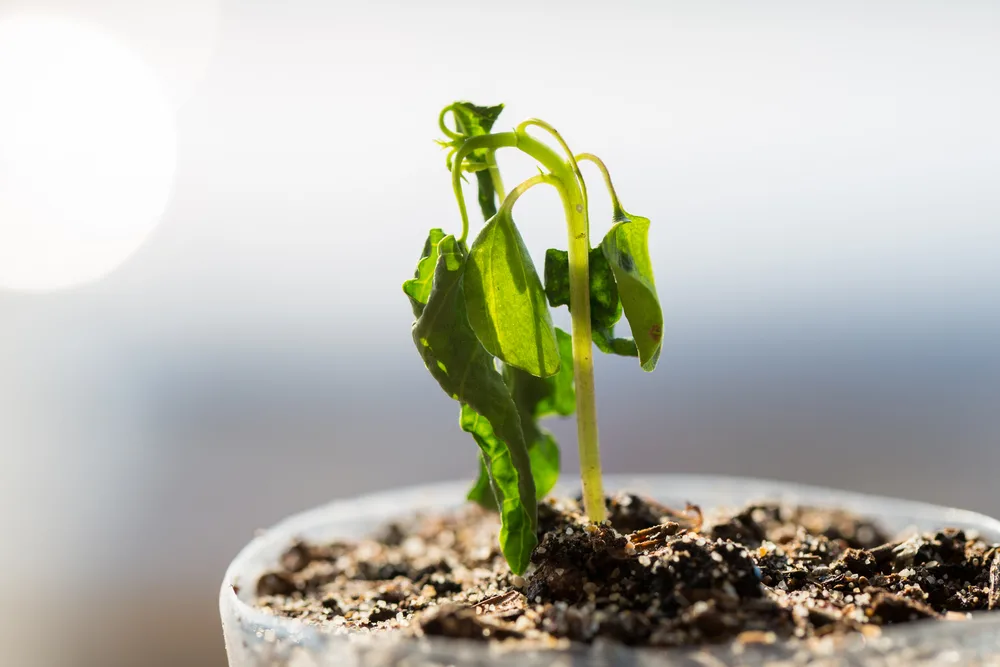
Vegetables travel on a long journey before they reach your local grocery store. Unless, of course, you’re purchasing your produce from a local farmer. Plants need to be processed, preserved, transported, and unpacked. And then they are handled again on the way to your home.
All this activity means the original plant is not at all what it was when it left the ground. Cold storage and transport have a massive impact on the root systems and the health of the plant. As we all know, healthy roots are essential to a healthy plant. You could always try adding a mycorrhizal inoculant to the water to jumpstart the root system again, such as Dynomyco.
Essentially, you’ll be starting from a difficult position, facing an uphill battle getting the plant to regrow in the first place.
Handling before purchase is not the only potential problem. The handling you do in the kitchen is of equal concern. While you’re prepping your produce in the kitchen, extreme care needs to be taken not to damage the plant so much that it is too far gone, making regrowing impossible.
Poor quality plants may not be an issue if you want to get a couple more leaves off your chosen vegetable before throwing the rest on the compost pile. But if you’re planning to transplant out into the garden and grow a full, thriving plant that survives and produces fruit long term, you’re better off starting from seed or seedling.
2. Low Yield
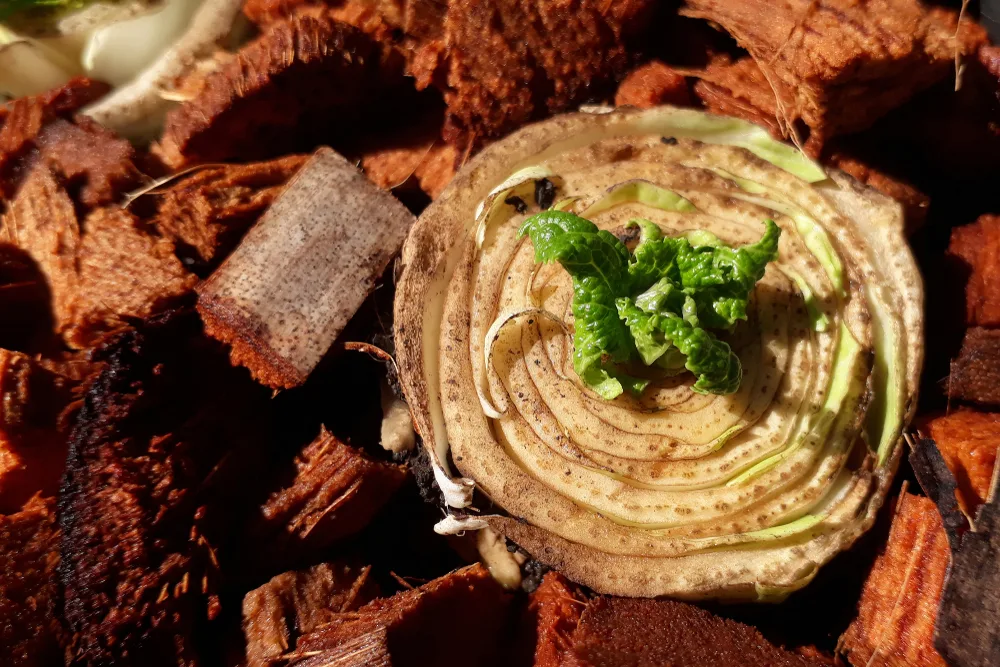
If you do manage to get a plant going in the garden, you may struggle when it comes to harvest time. As plants regrown from scraps are of poorer quality, they will likely have a much lower yield than plants from your local nursery. Or worse, no yield at all.
There is also the problem of seasonality. When a fruit or vegetable appears in your grocery store as ‘in season’, it is usually only in season for harvest – not planting. Depending on the time of year and the plant you choose, you may be able to mitigate these effects. But there are plenty of vegetables that are incredibly picky. These only grow effectively in a short window of time far from harvesting season.
There is no way to know what the impact on yield will be until you’ve planted. You may end up with a pile of extra produce, or none at all.
3. Lesser Flavor
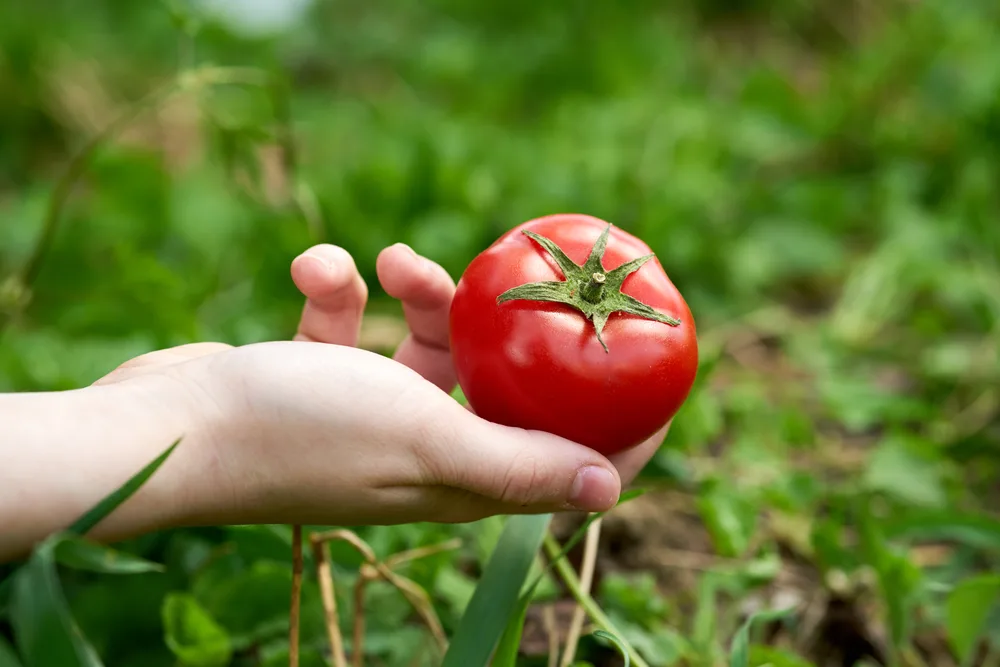
The number one reason gardeners grow their own produce is for the superior flavor. There is nothing like a tomato fresh from the garden, or the crisp taste of a spinach leaf straight off the plant.
While modifying the plants to make them as productive as possible, and in the extensive transportation process that can extend across continents, the resulting produce is understandably not as tasty as it could be. It is also less nutritious, with essential vitamins and minerals in concentrations far lower than produce from a strong, healthy plant.
When growing from seed or seedling, you have complete control over taste by choosing the variety of plant that matches your tastebuds best.
You can also invest time in making the plant as healthy and productive as possible, increasing flavor and improving overall quality.
If you’re content with the same old flavors you’re used to, there is no problem with growing from scraps. But if you’re going to go to all that effort to care for a plant, you may as well opt for one that will be as tasty as possible.
4. Uncertainty
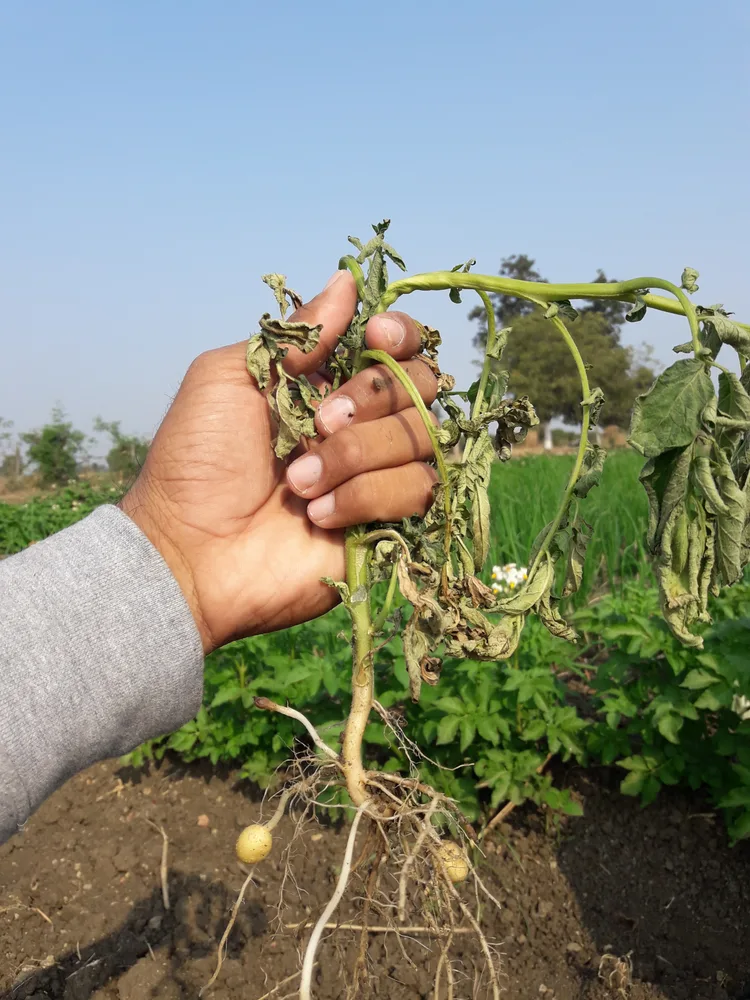
Large scale farming is an intensive and technical process. Plants are modified, crossed and hybridized to make the most disease-resistant, productive versions of themselves. Because of these modifications, you can never be certain what kind of fruit or vegetable you will encounter come harvest time.
This is only an issue for those regrowing plants from leftover seeds – like tomatoes, for example. Hybrid seeds are a combination of more than one variety. This means the fruit produced will differ from the original fruit you purchased. The result will likely be less tasty and less disease resistant than the original plant, negating the efforts of replanting from seeds altogether.
As we’ve discussed, there is also uncertainty in whether the plant will actually regrow at all. Or whether it will be a healthy plant, or whether it will produce any fruits. If you’re looking for measurable results, they are never guaranteed in gardening. But your chances of success are far greater with plants from your local nursery than from your grocery store.
The Benefits
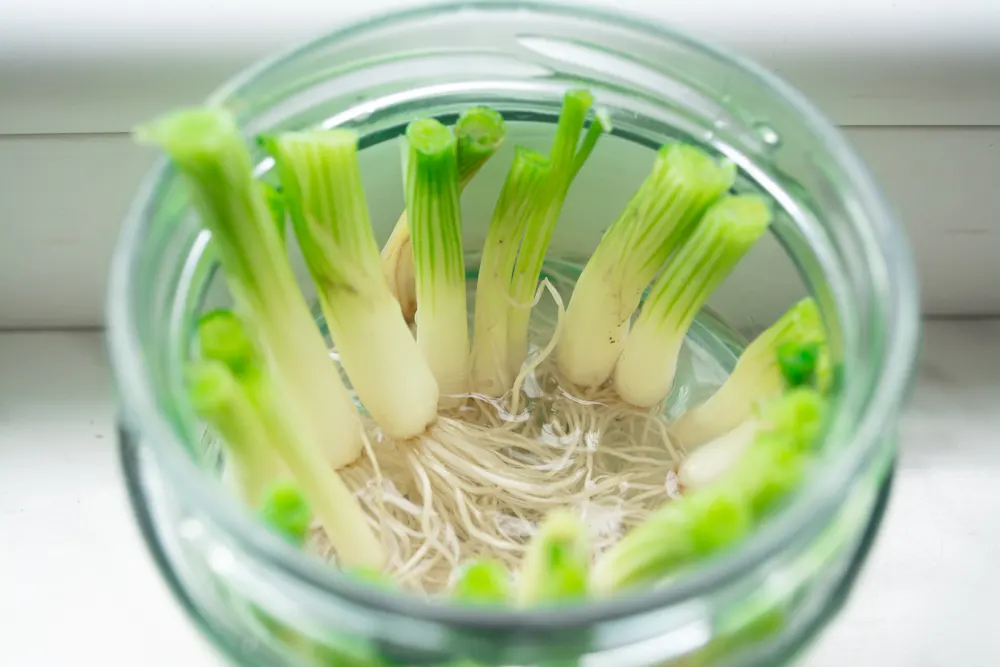
There are also several benefits to growing from scraps. Considering the popularity of this trick, many of which gardeners are already taking advantage.
The first benefit is inevitably monetary. By growing from scraps, you don’t have to return to the store to buy more produce. It also saves money in gardening, as you don’t have to buy seeds or seedlings to get a plant started.
The other great advantage is for the environment.
When growing from scraps, you limit your household food waste, making good use of them rather than sending them to a landfill. You also limit what you purchase at the grocery store. It may not seem like a big impact individually, but many people growing veggies at home reduces demand, lessening the impact of food growth and transportation on the environment.
And, it’s super simple to try out. If you’ve never grown veggies before, or don’t have space to start your own patch, all you need is some scraps (which you likely already have) and a glass of water to get started. It’s open to anyone, no matter your age or skill level.
Which Is Right For You?
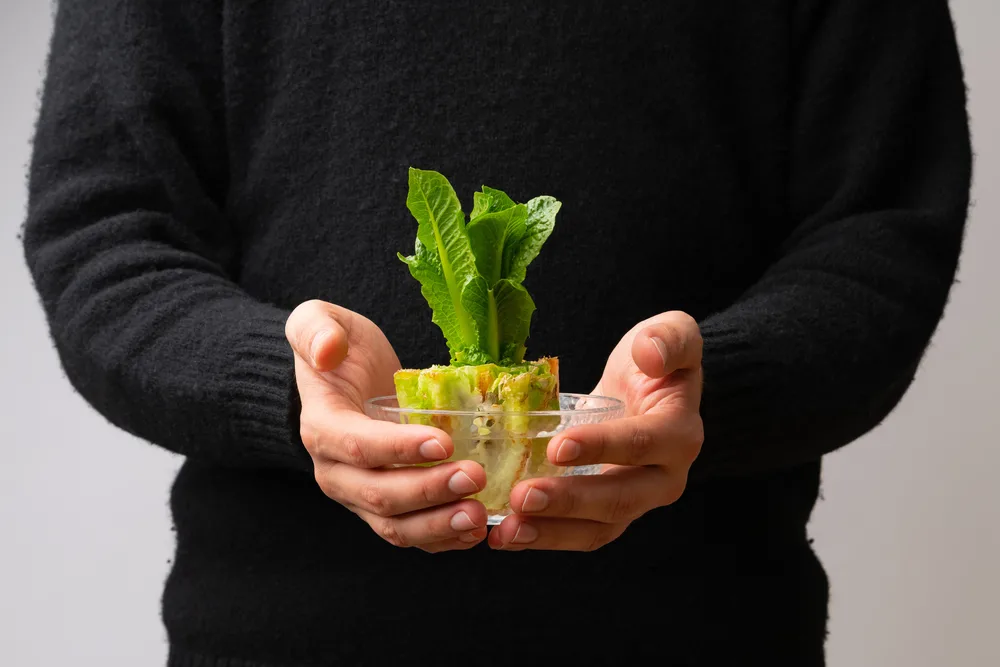
There is no harm in attempting to regrow veggies from scraps. It’s simple enough to test for yourself without any serious consequences. Plus, it’s a fun way to get kids (and adults who don’t garden often) involved in the practice.
However, if you’re determined to get results out of your vegetable-growing endeavor, regrowing from scraps is not your answer.
Seeds or seedlings are not too costly and give you are far greater chance of success, especially in the long term.
For avid gardeners, there’s nothing stopping you from trying both too. Leafy vegetables and herbs grow far better from scraps than other plants – grow those in water on your kitchen windowsill and save the more intensive plants for the nursery.

Get the famous Rural Sprout newsletter delivered to your inbox.
Including Sunday musings from our editor, Tracey, as well as “What’s Up Wednesday” our roundup of what’s in season and new article updates and alerts.

